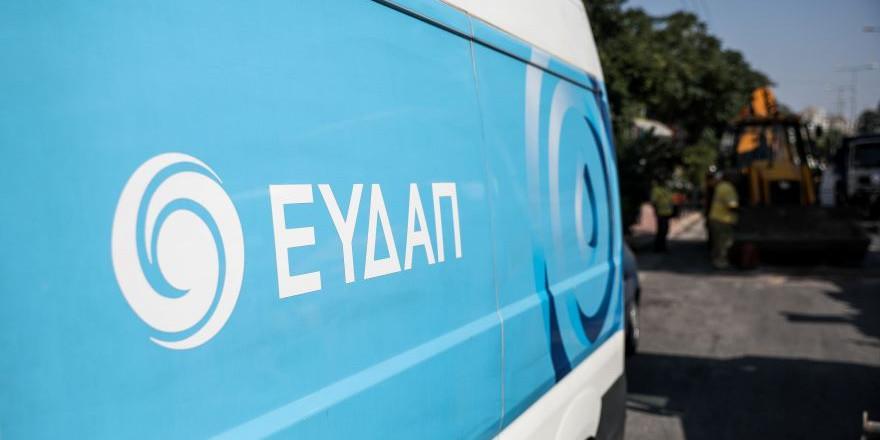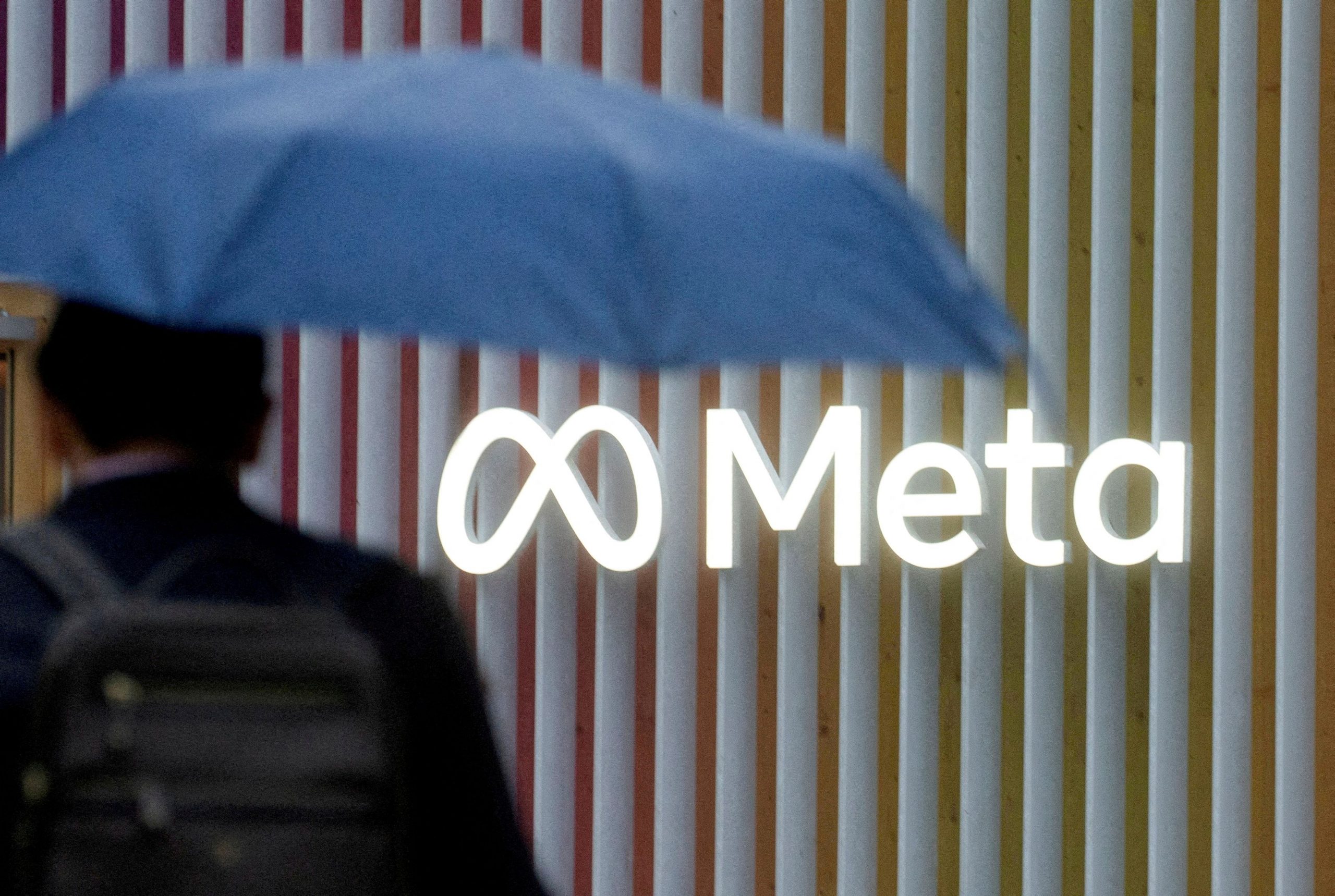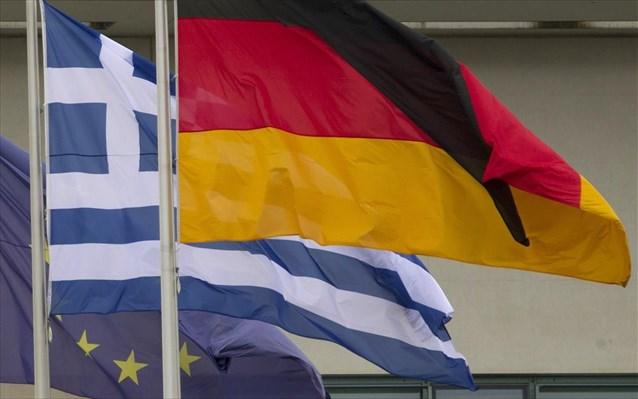Greece’s Regulatory Authority for Waste, Energy and Water (RAAEY) is entering the final stretch of drafting a new framework that will pave the way for a fresh category of flexible “red” electricity tariffs, alongside broader reforms in the retail power market.
The regulatory decision is due by the end of Nov., meaning that from Dec. the existing color-coded system will expand to include fixed-rate products with predefined contract durations. These new plans will be shielded from wholesale market volatility, offering consumers greater security and predictability.
Like the existing “blue” fixed-rate tariffs, the upcoming “red” tariffs are expected to remain an attractive refuge for households unsettled by the sharp swings in wholesale electricity prices over the past three months—fluctuations that have mostly affected “green” variable-rate products.
Unsurprisingly, more consumers are turning to stability: households on fixed tariffs rose from about 887,000 in Jan. (14.72% of all meters) to 1.435 million in Sept. (24.08%).
Today, approximately 3.6 million consumers—60.74%—remain on “green” indexed tariffs, while 15.18% are on the more flexible “yellow” plans. Among private electricity suppliers (excluding PPC), the shift is even clearer: 41% of their customers have chosen the safety of “blue” tariffs, compared with 26% on “green” and 33% on “yellow.”
This trend coincides with a worrying rise in wholesale prices. Oct. marked the third consecutive monthly increase, with the average clearing price—key for calculating “green” and “yellow” bills—reaching 112.36 euros /MWh, up 21.11% from Sept.’s 92.77 euros/MWh.
Despite the pressure, some providers are choosing to absorb part of the cost hike in an attempt to shield consumers, at least temporarily, from the full impact of wholesale market turbulence.
Source: tovima.com
















![Πετρέλαιο θέρμανσης: «Τσίμπησε» η τιμή του – Οι 10 ακριβότεροι νομοί [πίνακας]](https://www.ot.gr/wp-content/uploads/2025/12/08_12_ot_times_therm_EXO.jpg)






















